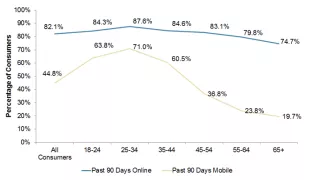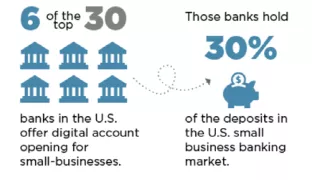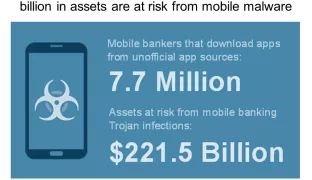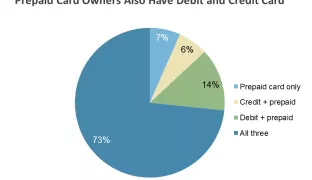Banner Section
Listing View
E-commerce volume will reach $708 billion in sales in 2021
November 8, 2017
Today, Javelin Strategy & Research released its E-Commerce Forecast 2017: A Digital Disruption is coming to a Store near You report.
Javelin Strategy & Research Announces 2017 Mobile Banking Award Winners: Bank of America has the Best Overall Mobile Banking App
October 31, 2017
For the 2017 Mobile Banking Scorecard report, Javelin assessed the mobile banking apps from the 28 top U.S.
Javelin Strategy & Research Announces 2017 Online Banking Award Winners: Bank of America is the Best Overall in Online Banking
October 11, 2017
Javelin Strategy & Research today announced its second annual Online Banking Awards.
Javelin Strategy & Research Announces Identity Proofing Platform Award Winners: Experian’s CrossCore is the Best Overall Identity Proofing Platform
October 2, 2017
The inaugural edition of Javelin’s Identity Proofing Platform Awards provides financial institutions and other identity-reliant businesses with a view into the identity proofing vendor lan
Javelin Strategy & Research Announces 2017 Account Safety in Banking Scorecard Award Winners
September 12, 2017
Javelin Strategy & Research today announced its 2017 Account Safety in Banking Scorecard Awards highlighting leaders from among the 28 largest depository financial institutions in the
Digital account opening is an overlooked opportunity in small business banking
September 6, 2017
As small business owners become accustomed to more personalized and contextual digital experiences, demand for more streamlined digital and omnichannel capabilities will become the norm.
Javelin Creates New Digital Banking Unit
June 13, 2017
Javelin Strategy & Research announces the creation of a new Digital Banking Unit. This new Unit, led by Jacob Jegher, combines two practices—Omni-Channel Banking and Mobile Banking—
Javelin Announces 2017 Trust in Banking Award Winners: Navy Federal Credit Union, Regions and USAA are the most trusted banks among their customers
June 5, 2017
The inaugural edition of 2017 Javelin Trust in Banking Leader awards is based on the Trust in Banking report, which provides financial institutions deep insights into these most important
Sideloading has opened the Door for Sophisticated Mobile Malware in the U.S.
May 4, 2017
As smartphones increasingly become a nexus for consumers’ financial lives, their value to fraudsters has risen accordingly.
Top Myths of Prepaid Cards are Busted
March 16, 2017
The ability to profitability serve prepaid card market has proven elusive for some while presenting a bounty for others.
Pagination
Media Contact
Hubspot Form Block










